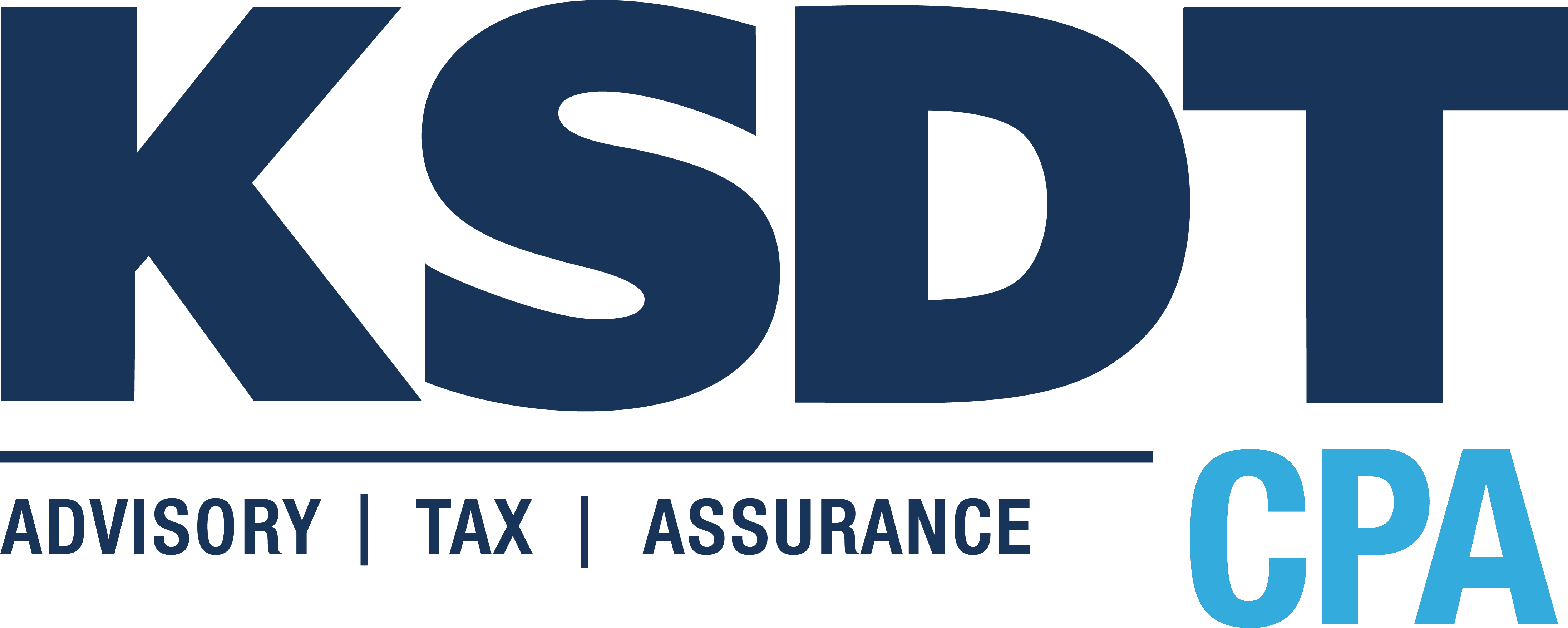
Inherited IRAs and the SECURE Act of 2019
At the end of 2019, the SECURE Act (Setting Every Community Up for Retirement Enhancement Act) was signed into law, modifying RMD (required minimum distribution) rules for inherited IRAs and retirement accounts.
Under the SECURE Act, inherited IRAs and retirement accounts must be distributed and taxed within 10 years of the original owner’s death. Prior to the SECURE Act, inherited IRAs were frequently referred to as “stretch” IRAs, as they allowed non-spouse beneficiaries to take relatively small distributions over the course of the beneficiary’s life. The benefit to this was the ability to keep the bulk of the investment in a tax deferred or tax free (Roth IRA) environment.
By capping the lifespan of the inherited IRA at 10 years, the IRA beneficiary’s ability to grow the account over decades in either a tax-free or tax-deferred environment has been significantly impacted. Additionally, the new rules put a burden on beneficiaries in the form of tax acceleration by greatly increasing a beneficiary’s taxable income–especially in situations where the beneficiary has income of their own—resulting in a higher tax rate.
Exceptions to the SECURE Act
- The 10-year period does not apply to surviving spouses—they can treat the inherited IRA as if it were their own
- Disabled beneficiaries are exempt from the 10-year period
- Non-spouse heirs (example: unmarried partner, sibling) who are less than 10 years younger than the original IRA owner can treat the inherited IRA as if it were their own
- Minor children, while still a minor, are exempt from the 10-year timespan. However, as soon as they become adults (age of adulthood is determined by the state in which they live) the 10-year period begins and they must fully distribute the IRA within that timeframe
Positive Changes
- The SECURE Act increases the age at which a taxpayer must begin taking required minimum distributions from age 70 ½ to 72. This allows taxpayers to continue their retirement savings for a longer period of time
Under old tax law, a taxpayer could make IRA contributions until they reached age 70 ½. This has been modified by SECURE Act; now, workers of any age can contribute to a retirement account. This change will make it easier for seniors to make contributions and back-door Roth IRA contributions.
If you need help minimizing your taxes on your retirement income, it’s best to make a plan and create projections based on your desired distributions. Contact P.T. Anderson Accounting to set up your tax planning session.




